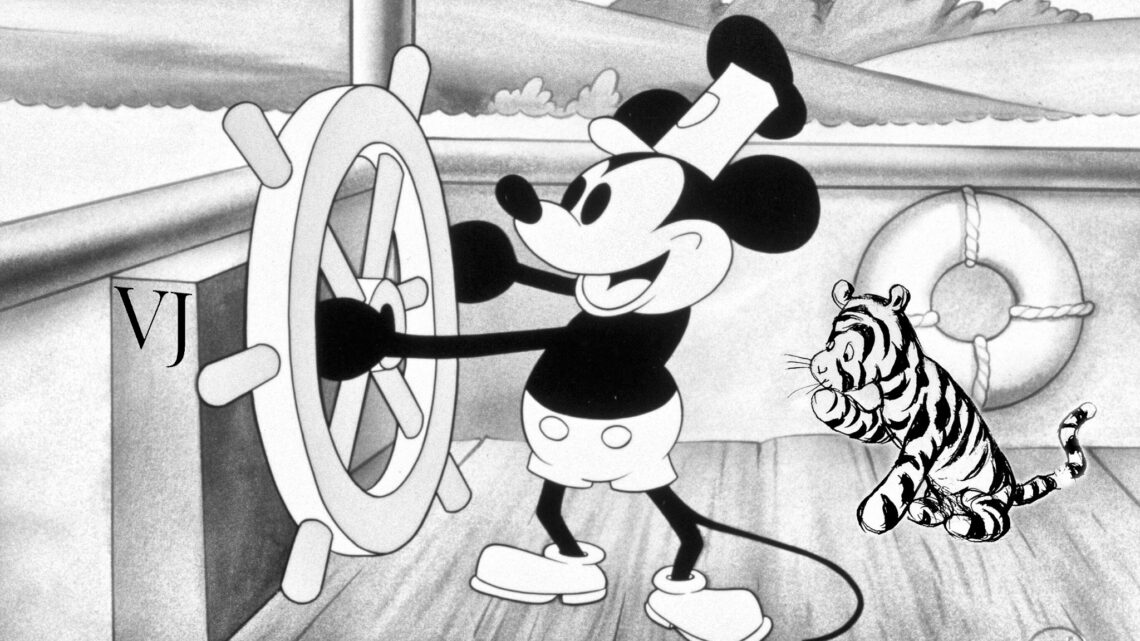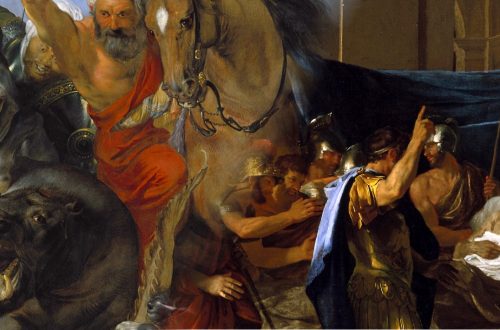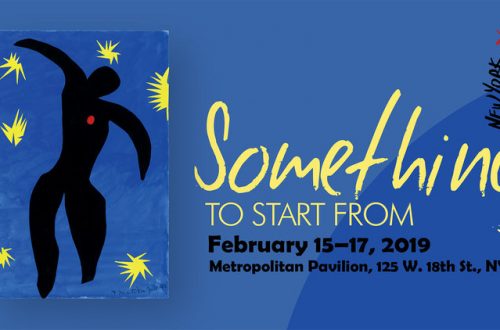Quick Take
January 1st is not only New Year’s Day, but also the day every year on which a variety of previously copyrighted works enter the “public domain” in the United States. Once in the public domain, anyone can use, copy, remix, or alter the works in any way they want without fear of legal repercussions.
Popular results range from the sublime to the ridiculous.
This year is a big year in public domain — some would say the big year.
In 1998, Congress passed the Sonny Bono Copyright Term Extension Act. In a nutshell, the legislation extended the copyright on most published works from 75 years to 95 years. Immediately after it was passed, copyrights that had been set to expire in 1999 were extended for an additional twenty years. So followed two decades of public domain silence.
Then 2019 opened the floodgates and gave the public rights to works like Charlie Chaplin’s The Pilgrim, Churchill’s The World Crisis, and Robert Frost’s Pulitzer Prize-winning poetry collection, New Hampshire. Subsequent years saw the release of “Rhapsody in Blue,” The Great Gatsby, Fritz Lang’s Metropolis, Winnie-the-Pooh, and thousands of other books, films, musical scores, sound recordings, and works of art.
Now in 2024 copyright expires on works from the year of 1928. Books like Virginia Woolf’s Orlando and D.H. Lawrence’s Lady Chatterley’s Lover enter the public domain. So do several classic children’s stories including Peter Pan, The House at Pooh Corner, and Wanda Gág’s, Millions of Cats. Excellent films from 1928 include Theodor Dreyer’s The Passion of Joan of Arc and Charlie Chaplin’s The Circus. Cole Porter’s saucy “Let’s Do It (Let’s Fall in Love)” is now free to be used (though almost all particular performances of the song, such as Ella Fitzgerald’s version, remain copyrighted).
So what makes 2024 any different than any other year? Well … it’s all about a little mouse.
Because of Disney’s role in lobbying for the extension, the legislation would come to be known derisively as The Mickey Mouse Protection Act. (Whether that was a fair designation, whether it unreasonably singled out Disney, or whether the truth lies somewhere in between, we leave it to readers to decide.)
One way or another, it was in 1928 that Mickey and Minney Mouse appeared for the first time in the short film Steamboat Willie. So this is the year that in many people’s minds, Disney gets its due. People are, of course, now free to adapt, build upon, or rework the film itself. (It took all of three hours for this techno remix to appear.) But even more importantly, anyone can now use Mickey and Minney Mouse themselves as characters in their own creations.
However, there is a catch. Only the 1928 version of Mickey and Minney are free from copyright, and Disney also owns a trademark on the mouse, so before you go making Steamboat Willie into a mouse version of The Heart of Darkness, set out to write Minnie the Vampyre Slayer, or start filming Metropolis in the Magic Kingdom, make sure you understand what you can and cannot do.
As one of Uncle Walt’s spokespersons recently reiterated, “More modern versions of Mickey will remain unaffected by the expiration of the Steamboat Willie copyright, and Mickey will continue to play a leading role as a global ambassador for the Walt Disney Company in our storytelling, theme park attractions, and merchandise.”
Header Image: “Mickey and Tigger on the SS Public Domain,” © Veritas Journal, Remixed from works in the Public Domain





